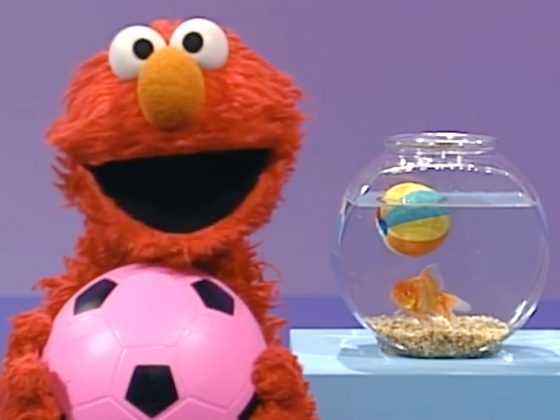
Elmo’s World: Play Ball!
Watch Elmo and Dorthy learn different ways to play with a ball.
Watch the video together as Elmo and Dorothy learn about different ways to play with balls. Then, find a soft ball, like a beach ball or a bouncy ball, and try any of these games together indoors:
- Sit on the floor opposite each other, and roll the ball back and forth.
- Find an open space to practice throwing and catching.
- Have a ball-bounce competition! Count how many times kids can bounce the ball continuously on the floor.
- Find an open space and try keeping a beach ball up in the air. Kids will be developing hand-eye coordination as the ball moves around.
- Set up a simple obstacle course for older kids using beach pails or buckets, or pieces of paper held down by twigs or rocks (to mark places on the ground). Challenge kids to kick a ball (similar in size to a soccer ball) around the obstacles. They’ll be practicing body control and experimenting with force.
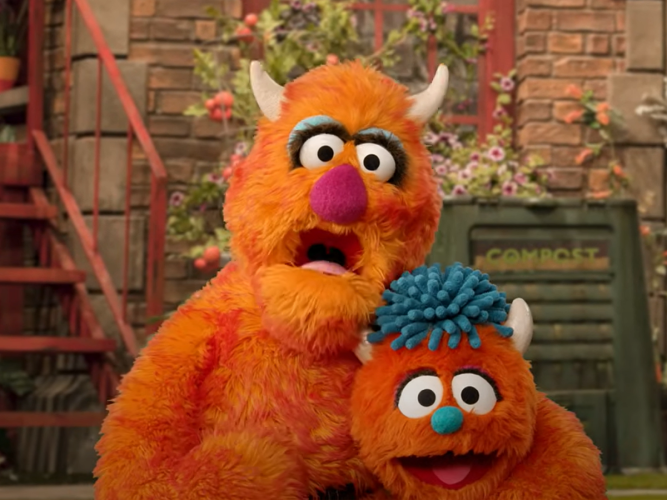
Monster Meltdown
Meltdowns happen… but they are somewhat predictable! As you try to handle them, curiosity and patience go a long way.
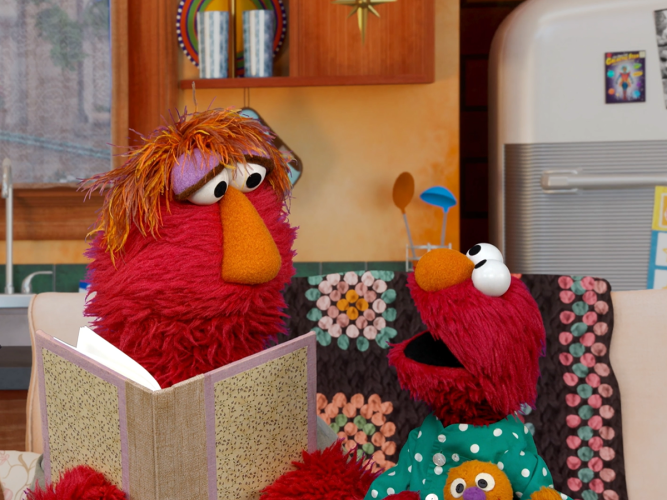
Go To Sleep, Elmo!
Handling a middle-of-the-night monster moment.
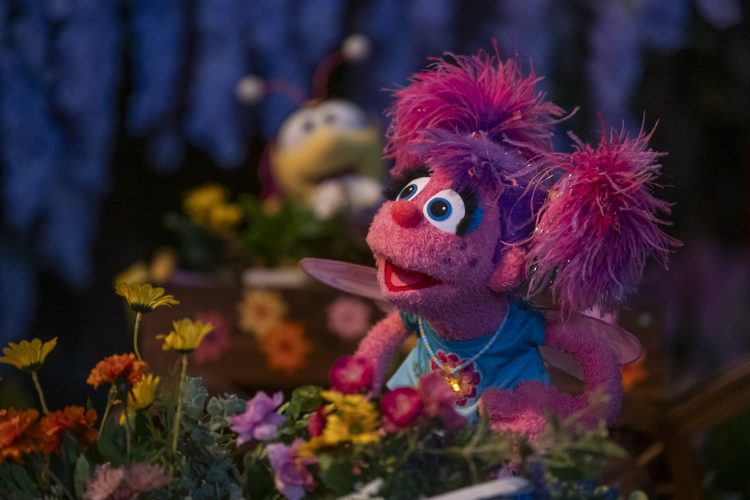
Watch and Play: Abby's Magical Beasties
Watch this episode and explore ways to extend the learning at home.
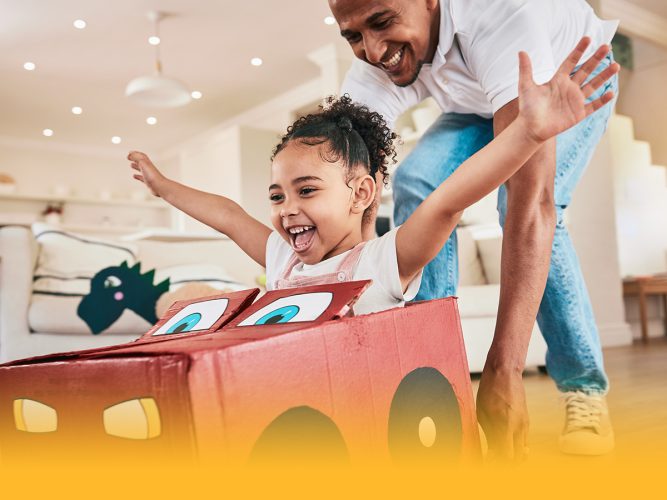
The Power of Following Children’s Lead
Joining children in their play offers so many opportunities to encourage, communicate, bond, spark and share joy, teach, show warmth and kindness, and help them thrive.
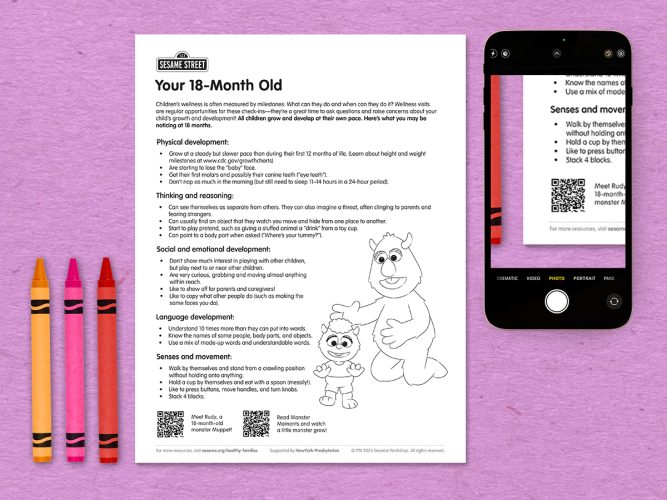
Milestones: Your 18-Month Old
All children grow and develop at their own pace; use this chart to guide your expectations and observations so you can talk to your child’s pediatrician about questions or concerns.
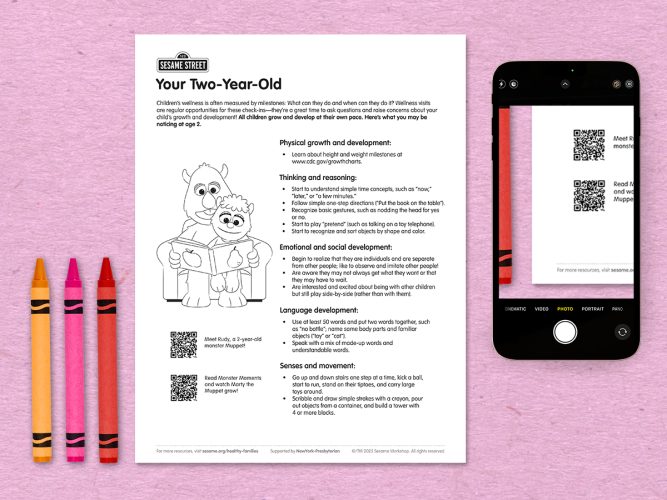
Milestones: Your Two-Year-Old
All children grow and develop at their own pace; use this chart to guide your expectations and observations so you can talk to your child’s pediatrician about questions or concerns.
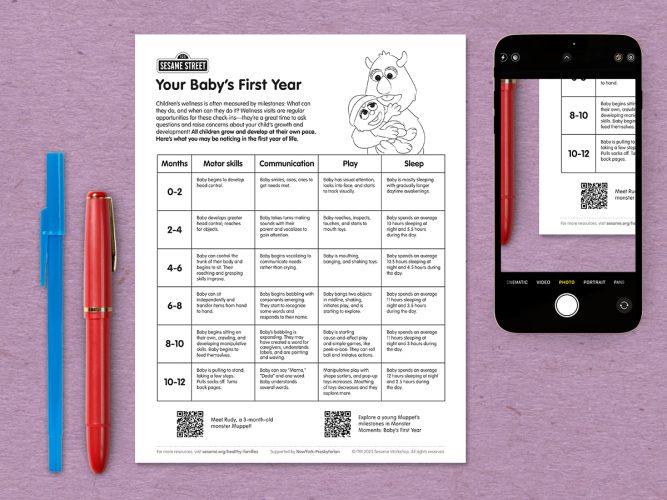
Milestones: Your Baby’s First Year
All children grow and develop at their own pace; use this chart to guide your expectations and observations so you can talk to your child’s pediatrician about questions or concerns.
